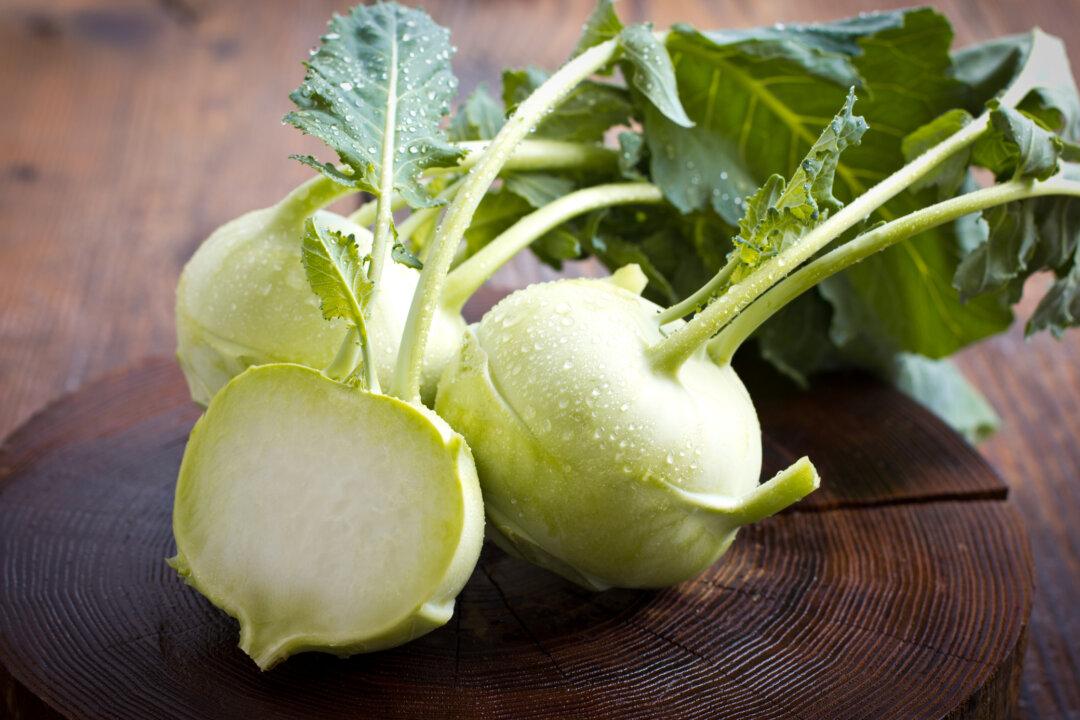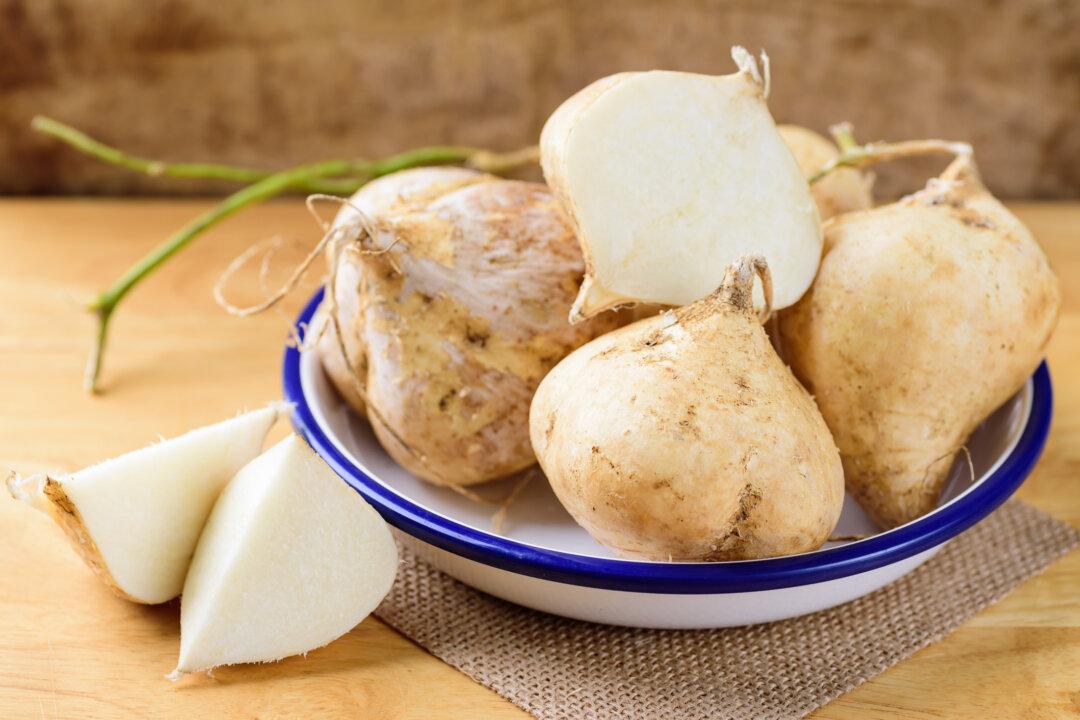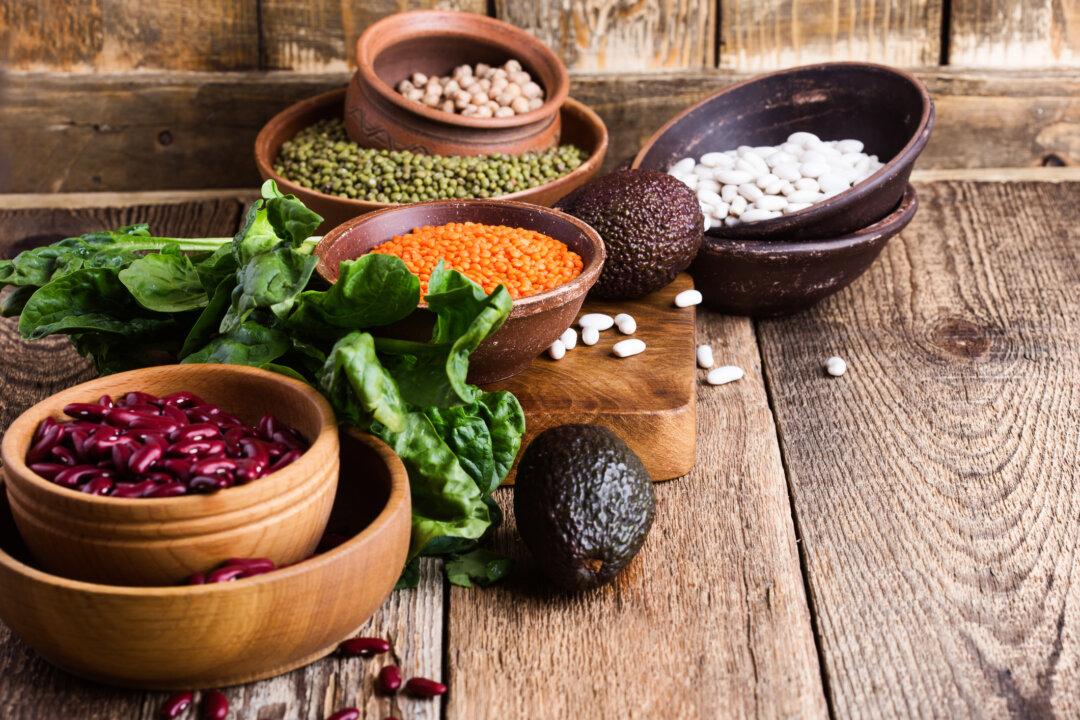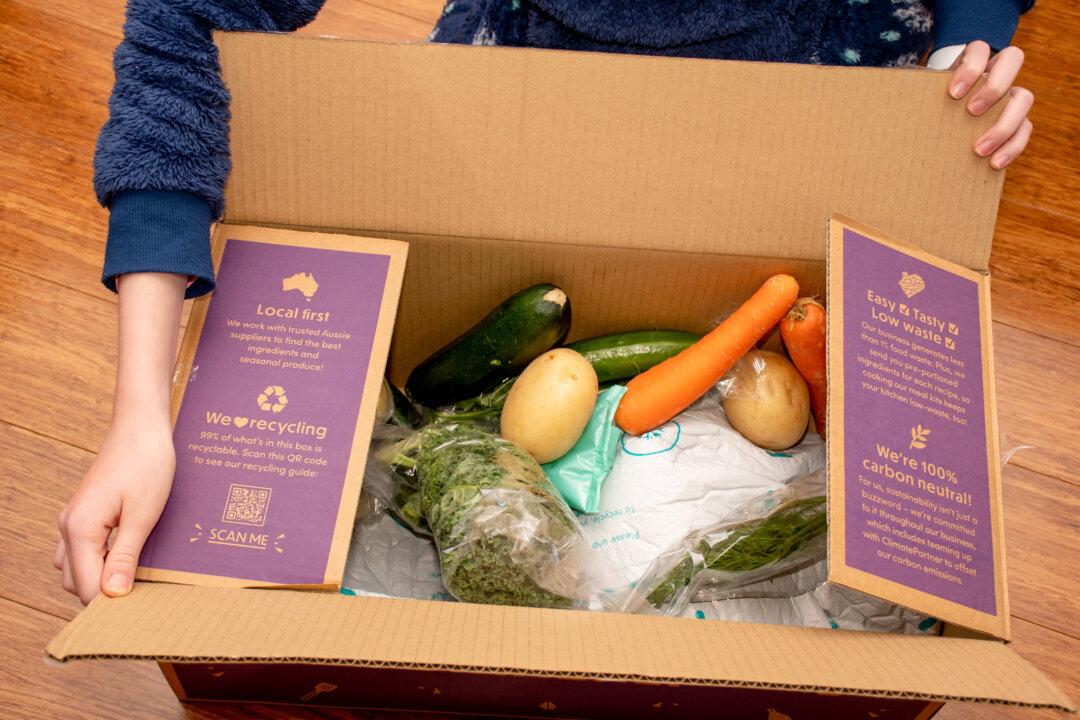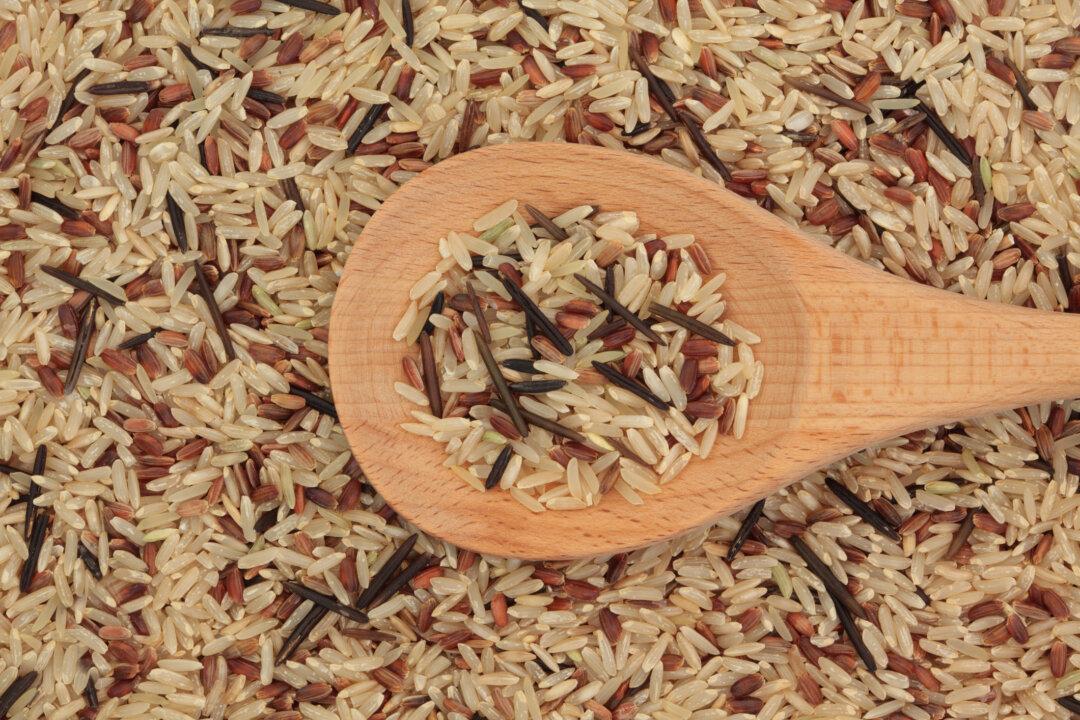Rich in vitamins, fiber, and health-protective compounds, kohlrabi is a worthy addition to your vegetable lineup.
The Folklore
Originally from northern Europe, kohlrabi—a unique bulb with leafy stems growing out the sides—was unknown in the U.S. until the early 1800s, though it was a popular vegetable in ancient Rome and remains so in many parts of Europe and Asia.The Facts
Though it resembles a turnip, kohlrabi (Brassica oleracea var. gonglodes), is part of the Cruciferous vegetable family, along with cabbage and Brussels sprouts. These white-green or purple bulbs are loaded with nutrients. A one-cup serving packs 93 percent DV (DV=Daily Value, based on 2,000 calories/day) of antioxidant vitamin C, 17 percent DV of gut-supporting dietary fiber, and 12 percent DV of immune protective vitamin B6. Kohlrabi is also rich in an array of powerful plant compounds that are linked with protection against heart disease, certain cancers, and inflammation.The Findings
High in vitamin C, kohlrabi can help promote health by scavenging free radicals, which can damage cells and tissues in the body, causing stress that can lead to inflammation and disease (Preventive Nutrition and Food Science, 2014). As a cruciferous vegetable, kohlrabi contains bioactive compounds including glucosinolates and sulphur-containing cancer-protective chemicals, which research has shown to help prevent certain cancers, especially colorectal cancer. A review of studies published in the 2022 journal, Evidence-Based Complementary and Alternative Medicine, concluded cruciferous vegetables can both prevent and reduce incidence rates of colorectal cancer.The Finer Points
Kohlrabi is most commonly available through spring and early fall. If you can find them with attached greens, be sure they look fresh, which is indicative of age. Younger bulbs taste best, like a mild turnip or broccoli stem. Use the greens as you would other greens (tossed raw into salads, sauteed, or steamed). Enjoy the crunchy kohlrabi bulb raw. Peel (if the skin is thick or tough) and grate into slaws and salads or cut into sticks to eat with dips. When cooking kohlrabi, there’s no need to peel, just remove knobby bits, if desired. Sautee or roast with other vegetables, toss into soups and stews, and steam and mix with mashed potatoes or riced cauliflower.Environmental Nutrition is the award-winning independent newsletter written by nutrition experts dedicated to providing readers up-to-date, accurate information about health and nutrition in clear, concise English. For more information, visit www.environmentalnutrition.com. Copyright 2025 Belvoir Media Group, LLC. Distributed by Tribune Content Agency, LLC.

